
FRP Manhole Cover With Frame
Product Details:
- Shape Square
- Material FRP
- Dimensions 18x18 Inch Inch (in)
- Weight Differ as per size Kilograms (kg)
- Click to View more
FRP Manhole Cover With Frame Price And Quantity
- 100 Unit
FRP Manhole Cover With Frame Product Specifications
- FRP
- Square
- Differ as per size Kilograms (kg)
- 18x18 Inch Inch (in)
FRP Manhole Cover With Frame Trade Information
- Cash in Advance (CID)
- 5000 Unit Per Month
- 7 Days
- All India
Product Description
An FRP Manhole Cover with Frame typically includes the following components and features, designed for durability, load-bearing, and resistance to corrosion, especially in harsh or chemically aggressive environments:
Components of an FRP Manhole Cover with Frame:
-
FRP Manhole Cover (Lid):
-
Made from Fiber Reinforced Plastic (FRP) ” a composite material of resin (like polyester or epoxy) reinforced with glass fibers.
-
Can be circular, square, or rectangular depending on application.
-
Non-corrosive, non-conductive, and lightweight compared to cast iron or concrete.
-
Load rated (e.g., A15, B125, C250, D400) as per EN 124 standards.
-
-
FRP Frame (Rim/Base):
-
Supports the cover and distributes load to the surrounding surface.
-
Also made of FRP or in some cases, cast iron for added strength.
-
Fixed into concrete or pavement.
-
-
Locking Mechanism (Optional):
-
Some models include locking bolts or latches to prevent unauthorized access or theft.
-
Tamper-proof designs are available.
-
-
Sealing Gasket (Optional):
-
Rubber or neoprene gasket for watertight or odor-proof sealing.
-
Often used in sewage or telecom applications to prevent water ingress or gas leakage.
-
-
Lifting Keyholes or Handles:
-
Moulded-in or built-in keyholes to lift the cover using standard tools.
-
Some may have embedded metal parts to reinforce these areas.
-
Design Features:
-
Slip-Resistant Surface: Anti-skid design (textured or patterned).
-
UV Stabilized: Suitable for prolonged outdoor exposure.
-
Chemical Resistant: Suitable for sewer lines, chemical plants, etc.
-
Non-Sparking & Non-Conductive: Ideal for electrical or explosive environments.
Typical Applications:
-
Sewer and drainage systems
-
Telecom and electrical manholes
-
Utility vaults
-
Roadways, sidewalks, and industrial plants
-
Gas and water pipelines
Would you like a comparison between FRP and traditional manhole covers (like cast iron or concrete), or a technical drawing/specification sheet?

Price:
- 50
- 100
- 200
- 250
- 500
- 1000+

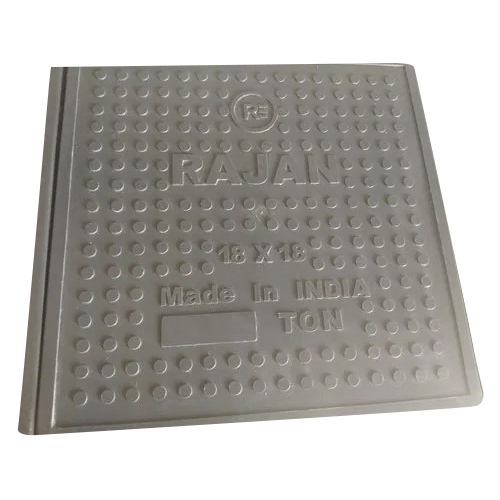

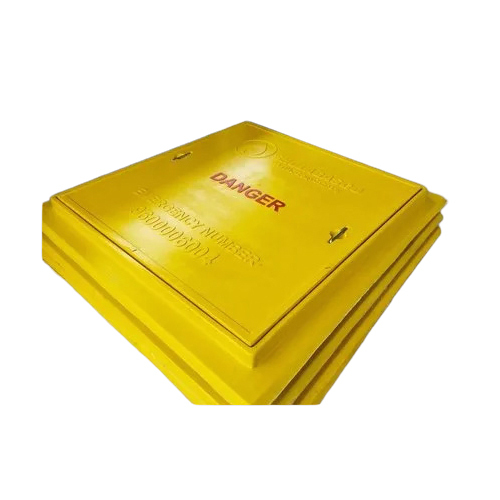
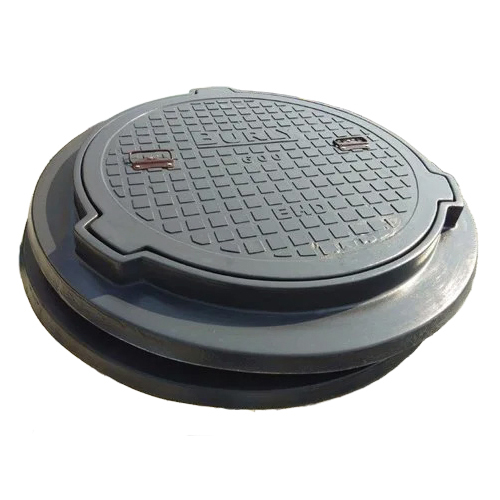
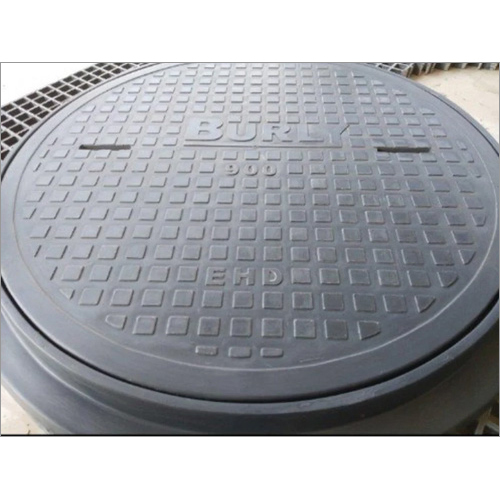
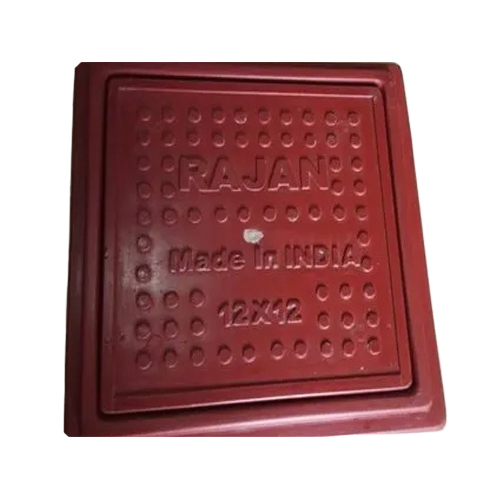


 English
English Spanish
Spanish French
French German
German Italian
Italian Chinese (Simplified)
Chinese (Simplified) Japanese
Japanese Korean
Korean Arabic
Arabic Portuguese
Portuguese